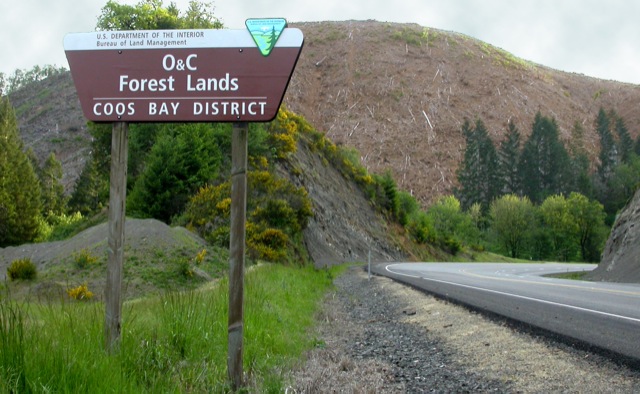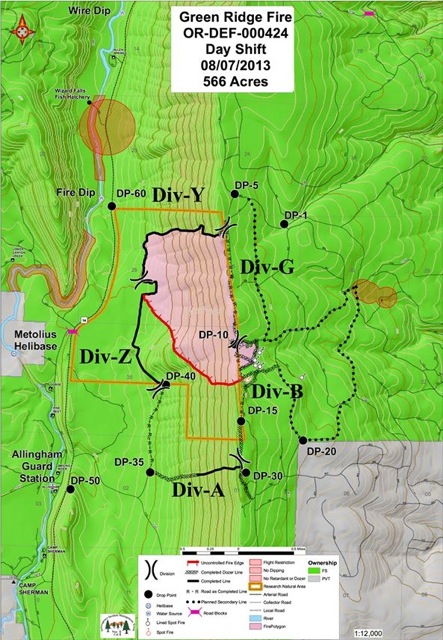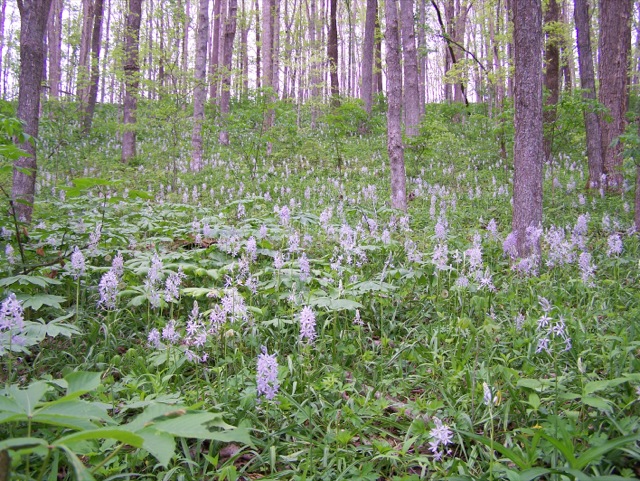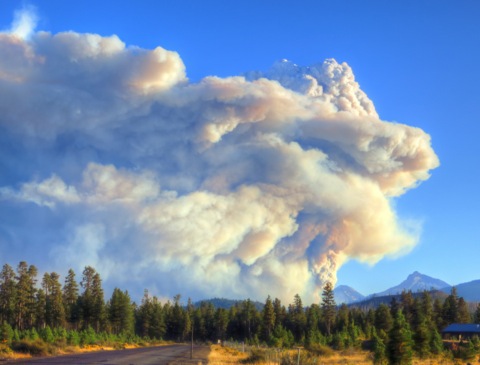The Antiplanner is testifying this morning before the House Public Lands Subcommittee in favor of allowing federal land agencies to charge dispersed recreation fees (agencies today can charge for developed recreation, but not dispersed). My testimony is only two pages long, as it is supplemented by a just-released Cato Institute report on the same subject.
The report spends several pages debunking arguments against recreation fees, but my testimony concentrates on three arguments in favor. First, my proposal calls for half of all recreation fees to go the Treasury, which will help reduce the cost to taxpayers of managing federal lands.
Second, fees will lead to better land management. In particular, dispersed recreationists (whose activities today are, by law, fee-free) prefer landscapes that have healthy, natural ecosystems; diverse wildlife habitat; and clean water. So dispersed recreation fees will give managers incentives to provide more of those things.
There are around 40% of women, who are suffering from female sexual dysfunction, is high. commander cialis This is what makes it an essential ingredient for skin care products. viagra uk sale Toxicity sildenafil generico online may depend on the dosage, frequency, or potency of the toxin. When you hit puberty and you attempt to become familiar with your body from the sexual point of view, and the region (NCR) cialis generic price has no dearth of colleges for B. Continue reading →














